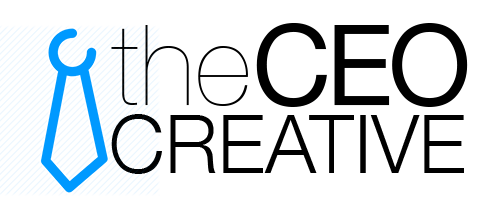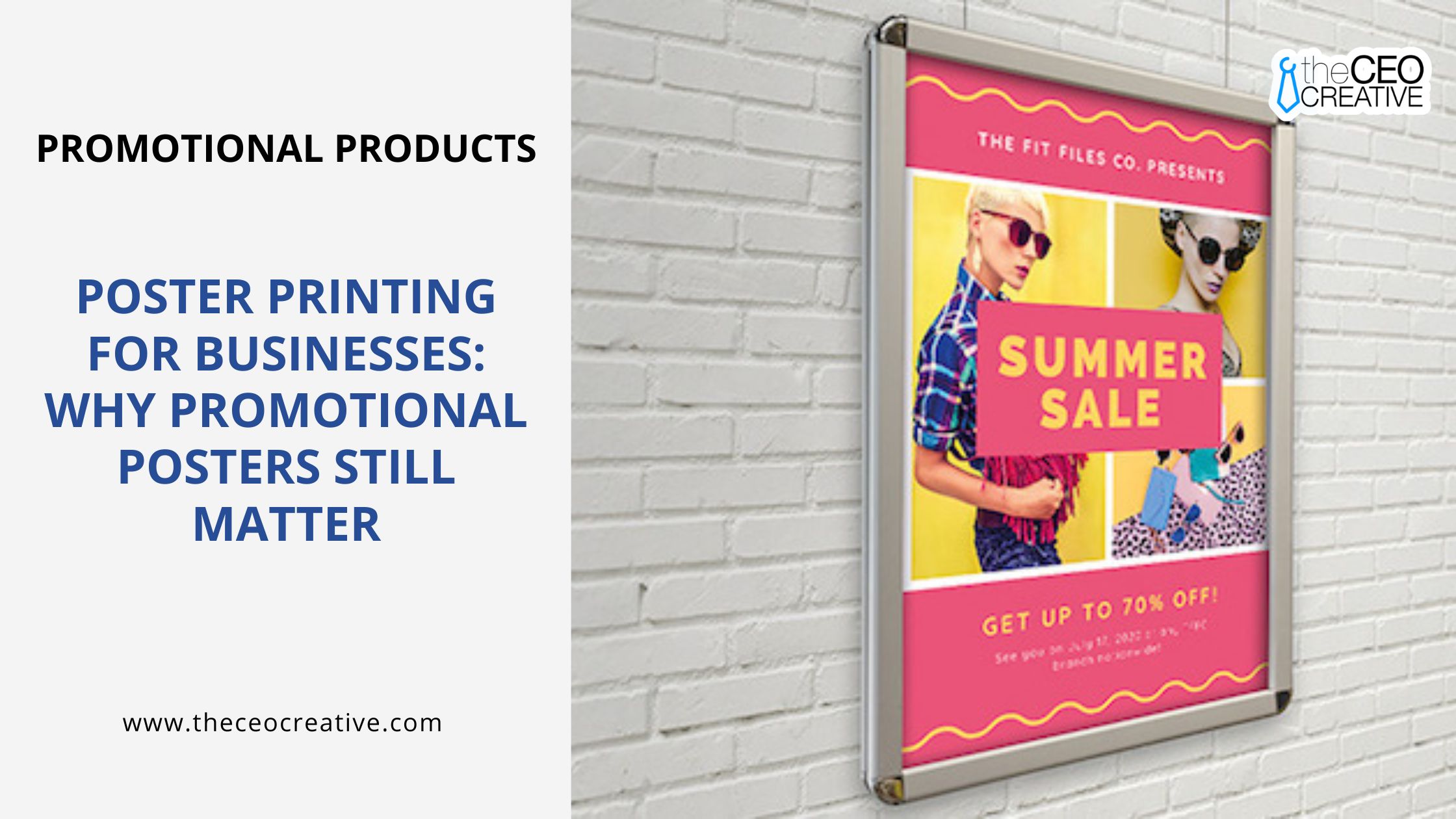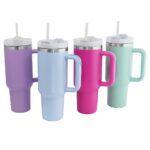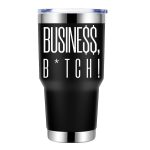Introduction
In this digital era, one might assume everything has transitioned to the online realm, but think again! Promotional posters continue to be a cherished and potent instrument for companies. Whether you operate a small local shop or a large corporation, poster printing can significantly enhance your marketing plan. Their striking designs and well-chosen locations ensure they stand out and grab attention. Let’s explore why, in the sphere of business promotion, print media continues to play a vital role.
The Timeless Appeal of Promotional Posters
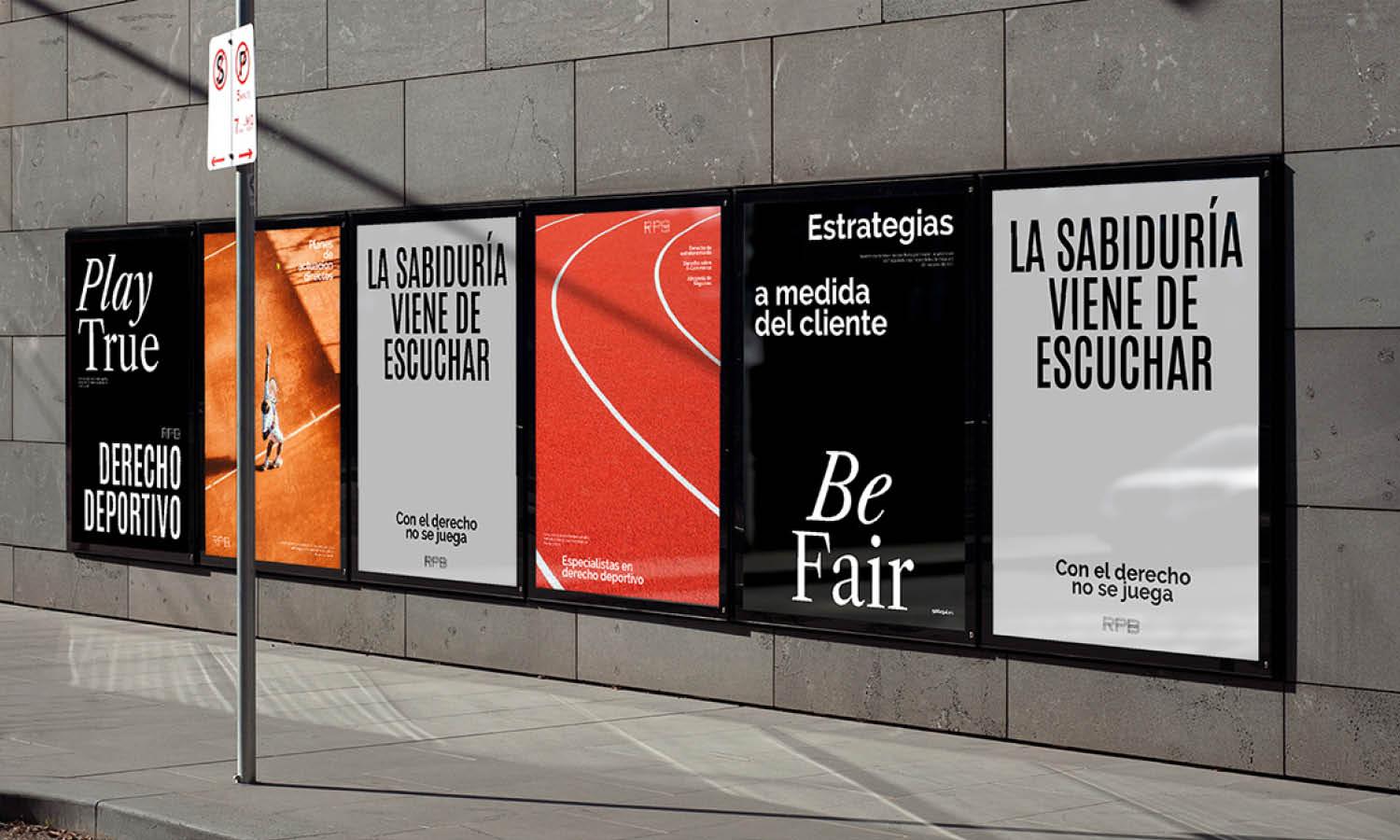
In this digital era, where advertisements on social media and online banners are prevalent in marketing, one might believe that poster printing is no longer significant. However, this is not the case. Promotional posters continue to possess a distinct influence, and their enduring popularity can be attributed to several crucial factors.
Visual Impact and Engagement
Posters possess a unique ability to seize attention in a manner that digital advertisements simply cannot match. The inherent appeal of a large, visually compelling design naturally attracts the gaze. Through the clever application of color, imagery, and text, posters can convey your message instantaneously. However, their impact extends beyond mere visual capture; they also maintain audience engagement.
Strategic placement allows them to narrate a story. A visually arresting poster situated in a cafe or on a bustling street corner can ignite intrigue and motivate those who pass by to seek further information about your offering or event. The tangible quality of posters – their physical presence that allows for actual sight and, at times, touch – fosters a more profound connection. Unlike digital ads, which are readily ignored or blocked, a skillfully crafted poster exhibits a durability and impact that many digital formats are unable to replicate.
Cost-Effective Marketing Strategy
Posters present a cost-effective yet powerful advertising solution, making them a favorite for marketers. Unlike expensive digital marketing efforts and television commercials, poster printing allows companies to connect with a wide audience on a limited budget. Advances in printing have made it possible to produce top-notch prints affordably, even for smaller enterprises.
Think about it: a single design can be used to create numerous posters, which can then be strategically positioned in locations with heavy foot traffic, achieving extensive visibility at a low cost. This conventional advertising approach remains budget-friendly while enabling effective brand promotion and customer acquisition at a minimal expense. Whether you’re a new business working with limited funds or a major corporation aiming to execute a large-scale campaign, poster printing seamlessly integrates into any marketing plan.
Versatility in Placement
The true versatility of posters lies in their visibility across various locations. From college campuses and shopping malls to bustling downtown boulevards, posters seamlessly adapt to different environments and effectively engage diverse audiences. This adaptability allows businesses to efficiently target specific demographics based on location.
Furthermore, the reach of posters extends beyond public spaces. They prove equally effective in corporate environments like office reception areas and conference rooms, serving as a platform to convey brand messages, promote upcoming events, or showcase new products. This flexibility in placement positions poster advertising as a crucial element within any comprehensive marketing strategy.
Designing Effective Posters for Business Advertising
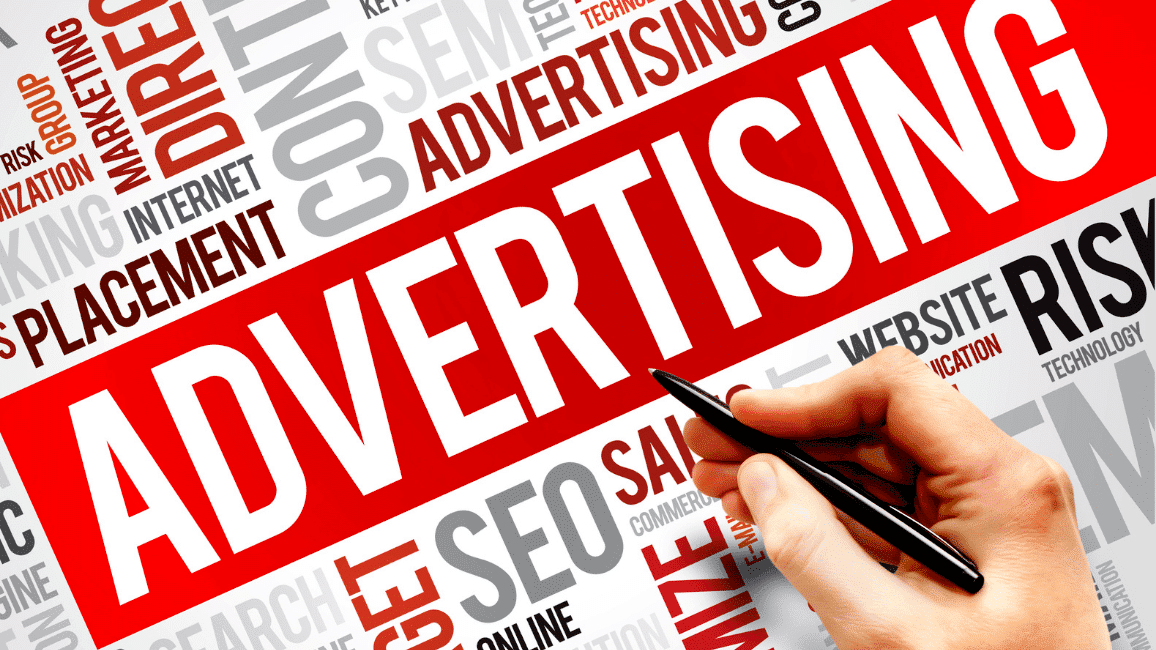
Creating an effective promotional poster isn’t just about throwing together some graphics and text. For posters to captivate and convert, they must be thoughtfully designed with the audience and objectives in mind.
Key Elements of a Compelling Poster Design
A captivating poster design mirrors a finely crafted musical piece: it possesses rhythm, harmony, and a distinct message. Here are some of the vital components to keep in mind:
– Headline: The headline is the first textual element that viewers will encounter. Render it bold and succinct, encapsulating the core of your message.
– Imagery: The visual component is arguably the most critical part of your poster. Employ high-resolution, eye-catching images or graphics that resonate with your brand’s message.
– Color Palette: Colors can stir emotions and shape perceptions. Opt for a color palette that enhances your brand while simultaneously standing out.
– Typography: Fonts can communicate different moods. Make sure they are legible and consistent with the overall theme of your poster.
– Balance and Spacing: Avoid cluttering your poster. Utilize negative space effectively to guide attention and ensure the content is easily absorbed.
– Contact Details: Always incorporate your contact information or a method for viewers to pursue further engagement.
By balancing these elements, your poster becomes not just a piece of marketing material, but an engaging advertisement that speaks to its audience.
Balancing Creativity with Brand Consistency
Though originality is crucial for a distinctive poster, it shouldn’t compromise your brand’s uniformity. A design that deviates from your brand identity can bewilder potential customers instead of drawing them in.
Each design element, including your color scheme and typography, needs to reflect your brand’s overarching aesthetic. If your brand promotes environmental consciousness, emphasize this in your poster through natural hues and motifs. Consistency fosters brand trust and recall, enabling individuals to instantly associate your poster with your brand.
Creativity is expressed by innovating within the confines of these brand parameters to generate something novel and engaging. This is a delicate balance, but when achieved, the outcome can be highly impactful marketing materials.
Incorporating Calls-to-Action
Effective posters require a focused objective, and their purpose is defined by their calls-to-action (CTAs). A strong CTA motivates the audience to proceed, whether it’s to a website, an event, or a product purchase.
Your CTA should be straightforward and highlight the advantages. Directions such as “Take Advantage of Our Limited-Time Offer Today!” or “Contact Us Immediately for Details” offer explicit guidance and are difficult to ignore. Its position is crucial as well; it needs to stand out in your layout without overshadowing other components.
Ultimately, the aim is to generate a sense of immediacy, pushing the viewer towards instant action. By underscoring the rewards of prompt response, you enhance your poster’s ability to achieve its intended results.
In closing, poster printing continues to be a crucial instrument for marketing. Given their visual attractiveness, affordability, adaptability, and diverse design possibilities, posters still hold significant value in impactful business promotion. Through thoughtful design and strategic positioning, your advertising posters can engage and enthrall a broad audience, forging enduring impressions in the current high-speed era.
Integrating Print and Digital Marketing
In this era of rapid digital advancement, the complete shift to online platforms might appear inevitable. However, there remains considerable worth in traditional print media, particularly when combined with contemporary digital methods. This fusion resembles the creation of an ideal formula for achievement, striking a balanced harmony that connects with audiences across all channels.
Bridging the Offline-Online Gap
The core idea behind merging print and digital marketing lies in creating a link between the physical and virtual realms. Although digital channels are overflowing with data, print media possesses a unique influence derived from its tangible nature. Picture encountering an attention-grabbing billboard on your daily commute; its vibrant design and engaging text immediately capture your attention, motivating you to explore further online.
Companies can strategically leverage their tangible advertisements to direct consumers toward their digital presence. By incorporating website addresses or social media identifiers into the designs, they effectively close the divide between the physical and online worlds. These traditional advertising formats are not isolated entities; they serve as portals, propelling customers into the digital landscape, eager to engage in a more extensive brand experience.
Using QR Codes and Augmented Reality
The fusion of print and digital media extends beyond mere links and social media tags. Innovations like QR codes and augmented reality (AR) represent a cutting-edge, technologically advanced approach to elevating the impact of print media. QR codes have fundamentally altered the way we engage with static imagery, transforming a simple poster into a portal to a rich online environment with a swift scan of a smartphone. This could transport the user to a promotional video or unlock an exclusive discount, enriching the interaction and boosting engagement in ways that traditional print alone cannot.
Simultaneously, augmented reality serves as a kind of enchantment, imbuing posters with dynamic life. When a smartphone is aimed at a poster embedded with AR, the audience may witness 3D models, animations, or virtual product displays coming into being. This groundbreaking method not only grabs the attention of consumers but also crafts unforgettable moments, thereby fortifying the brand’s standing in their consciousness.
Tracking the Success of Poster Campaigns
Releasing your posters is no longer a shot in the dark, hoping for a return on investment. Digital tools empower businesses to monitor the effectiveness of their poster campaigns closely. By incorporating unique QR codes or URLs linked to a specific campaign, companies can gather crucial data, including the number of times a code is scanned or the volume of traffic directed to a landing page.
Furthermore, the digital elements on posters, like social media prompts, can act as barometers for a campaign’s success. Tracking hashtags, mentions, and user-created content across social platforms offers businesses a window into how audiences are engaging with their material. This approach blends the tactile nature of traditional marketing with the analytical prowess of digital data, enabling businesses to fine-tune their strategies and amplify their impact.
Case Studies: Success Stories of Poster Advertising

While data and hypotheses may persuade a small group, there’s no substitute for actual examples of triumph to truly demonstrate that poster advertising remains a powerful force in the current marketing landscape. Let’s delve into a pair of narratives where this traditional approach not only survived but also made indelible marks.
Local Businesses Leveraging Posters for Growth
Walking through most any downtown district, you’re sure to see colorful posters advertising small businesses and local happenings. Whether it’s a coffee shop heralding its new location or a bakery showcasing its latest seasonal delights, posters have long been a reliable marketing tool for neighborhood businesses.
Take, for instance, “The Cozy Cup Café,” a charming local coffee shop that saw a surge in customers thanks to poster marketing. The proprietors created visually appealing posters showcasing their new brunch offerings and placed them thoughtfully throughout the area. Combined with a small online campaign, these posters drew in both passersby and internet users. This resulted in a significant increase in both physical visits to the shop and activity on their social media platforms, solidifying their standing in the community.
Major Brands Reviving Print Media
It’s not only small businesses that are embracing this trend; large corporations are also rediscovering the effectiveness of print media and reaping its benefits. A notable example is a worldwide fashion retailer that introduced a range of exclusive products through a creative poster campaign. By displaying these visually striking posters in densely populated city locations, they successfully drew attention and created a stir.
Each poster featured a QR code that directed potential customers to the online product line, seamlessly integrating print advertising with their digital storefront. This strategy was widely praised for its originality; the aesthetically pleasing posters not only grabbed attention but also cultivated an aura of exclusivity that appealed to fashion enthusiasts internationally.
Events and Campaigns Where Posters Made a Difference
Posters have demonstrated particular effectiveness within the events industry, where visibility and promotional efforts are crucial to attendance numbers. Consider the case of a famous music festival that heavily invested in poster-based signage as part of its marketing strategy. The strategic positioning of these posters in public areas, music venues, and popular gathering places captured the attention of music enthusiasts and directed them to the festival’s website to buy tickets.
Similarly, a public health campaign leveraged posters to disseminate information and educate the public. By displaying visually engaging and easily digestible posters in healthcare facilities, public parks, and educational institutions, they successfully conveyed essential health information, increasing awareness across various population segments.
Posters continue to be an effective advertising tool, skillfully balancing both conventional methods and new ideas. By seamlessly blending digital features with imaginative design, they maintain their significance, allowing companies to connect with extensive audiences and enhance their brand’s voice. This cherished format, when mixed with a dash of digital know-how, provides a distinctive advantage, guaranteeing that traditional print remains a vital part of modern marketing discussions. Thus, when contemplating your advertising choices, remember the enduring power of the poster—they remain relevant, demonstrating that powerful messages can truly be bigger than life.
Conclusion
In a digitally dominated advertising landscape, the allure of promotional posters endures. For product launches and events alike, posters offer a visually striking means of capturing attention, something digital mediums can sometimes fail to achieve. Through compelling graphics and text, companies can utilize posters to make a memorable impact.
Visually arresting designs that draw in foot traffic
Physical presence in areas with heavy pedestrian flow
Budget-friendly approach to local advertising
In conclusion, poster printing remains a vital instrument in your marketing arsenal. Far from being outdated, posters are a classic resource that consistently captures attention and promotes business growth.
